If you’ve been following along on my Instagram, you will know we’ve taken on a new family member with four legs, named Louie. He’s a French Bulldog, and right now, he’s right over 4 months old. I was worried about the time commitment and potty training process. But I’ve been able to make it easier than I thought!
Here’s a little picture for you to see what I mean when I say I have a hard time getting mad at
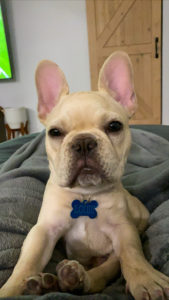
How To House Train A Puppy
House training your puppy should not be a hard or long process. All you need is treats, timing, and a crate to get a housebroken puppy in a few days.
When people have problems housebreaking their puppy, they often blame it on the dog’s lack of intelligence or stubbornness. The truth is that the problem comes from the training; in other words, the owner.
Errors people make when housebreaking a puppy
The most common error I see people do when house training their puppies is not going outside with him. During the training, you absolutely need to go outside with your puppy. If you don’t, it will lead to a big problem: bad timing.
Let’s say you send the dog outside, and after he urinates, call him back in to give him a treat. What you just did is positive reinforcement for coming back inside, which is good. But the dog did absolutely not make the link between urinating outside and the treat because the timing was off. The same thing happens if you go outside with him but call him back to you before giving him the treat. You reinforce coming back when called, which again is good, but doesn’t help with ‘’potty’’ training!
Another common error is to talk too much! People take their pup outside and bombard them with encouragements that don’t mean anything to the dog, which is just confusing and distracting him from his ‘’task’’.
How to quickly house train puppies
 First of all, a puppy needs to go outside quite a few times during a day:
First of all, a puppy needs to go outside quite a few times during a day:
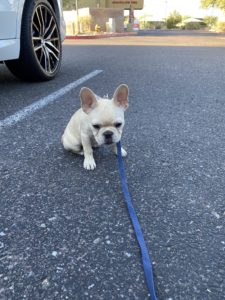
First thing in the morning, after a meal, after playtime, after a nap, before going to bed, and after crate time.
The age of the puppy also dictates how often he needs to go. A puppy can hold his urine for a number of hours equivalent to his age in months plus 1. For example, a three-month-old puppy can hold it for 4 hours (although when they are asleep, they can go longer).
Unfortunately, puppies do not come into this world, knowing that they can or have to hold their urine or feces. Since your new buddy doesn’t know he is not supposed to go into the house, he will do it anytime he feels the need. This means you have to watch him! When he starts sniffing the ground like he’s following a trail, take him outside.
For the moments when you can’t watch him (including during the night), I have one word: crate.
The crate makes housebreaking any puppy a breeze. Dogs don’t like to eliminate where they sleep, so by being crated, he will realize he can hold (although not for very long at first) his urine and feces.
For this to work through, the crate needs not to be too large because the puppy will then eliminate in one part of the crate and sleep in another part. It is also very important that the crate is introduced to the puppy in a positive manner and does not represent a punishment.
The more you avoid him having accidents in the house, the easier the training will be, because every time a dog urinates or defecates inside, he becomes more inclined to do it again.
Avoid giving him occasions to have accidents in the house by watching and crating him.
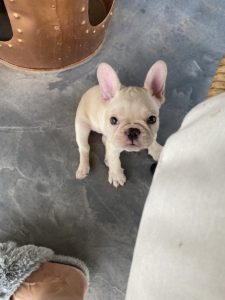
If he does have an accident inside and you catch him doing it, pick him up without a word and take him outside. Reward him if he finishes outside. If you don’t catch him in the act, all you can do is clean. Do not, I repeat, do not ever punish him or put his nose in his pee or poop. This will just confuse him even more.
Now that you know how to avoid accidents in the house and when to take your puppy outside, the rest is going to be really easy.
Once outside, you need to have a treat ready in your hand and follow your pup around (without talking to him), so you are always within arms reach. When he starts urinating, say the command you want to use for this, like ‘’go pee’’, on the same tone you would use to give this command. When he’s finished, at the very second urine or feces stop coming out, give him the treat and tell him he’s a good boy. The treat needs to be eaten before he even takes one step.
By doing this, you are doing two things:
1. reinforce urinating or defecating outside
2. creating an association between the command and the act
3. Do this for a few days, and you will have a house trained dog that will eliminate on command!
Housebreaking quick review
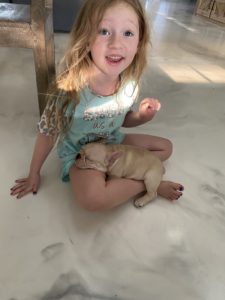
Take your puppy outside first thing the morning, after each meal, after playtime, after crate time, after a nap, and before bedtime.
A puppy can hold his urine for a number of hours equivalent to his age in months plus 1, but only once he understands he has to hold it.
Watch your puppy for signs of imminent elimination.
When you can’t watch him (including during the night), put him in his crate.
Say the command while he does it.
Get the treat in his mouth at the very moment he is done and tell him he’s a good boy.
As all dog owners know, house training a puppy is an essential part of pet ownership. Fortunately, there are a number of different methods that can be used to teach your puppy where to potty. One common method is crate training, which involves confining your puppy to a small space when you cannot directly supervision. This helps to prevent accidents by giving your puppy limited access to the house. Another option is to use baby gates or puppy pads to create designated potty areas. Regardless of which method you choose, it is important to be consistent and patient as you teach your puppy where to go. With a little time and effort, even the most stubborn puppy will learn where they are supposed to go potty. And one last tip — if you’ve had a puppy in the past, that’s great, however no two puppies are the same. What worked the first time may not work this time. Make sure to have patience and be consistent and have fun. Your pup will be grown before you know it!

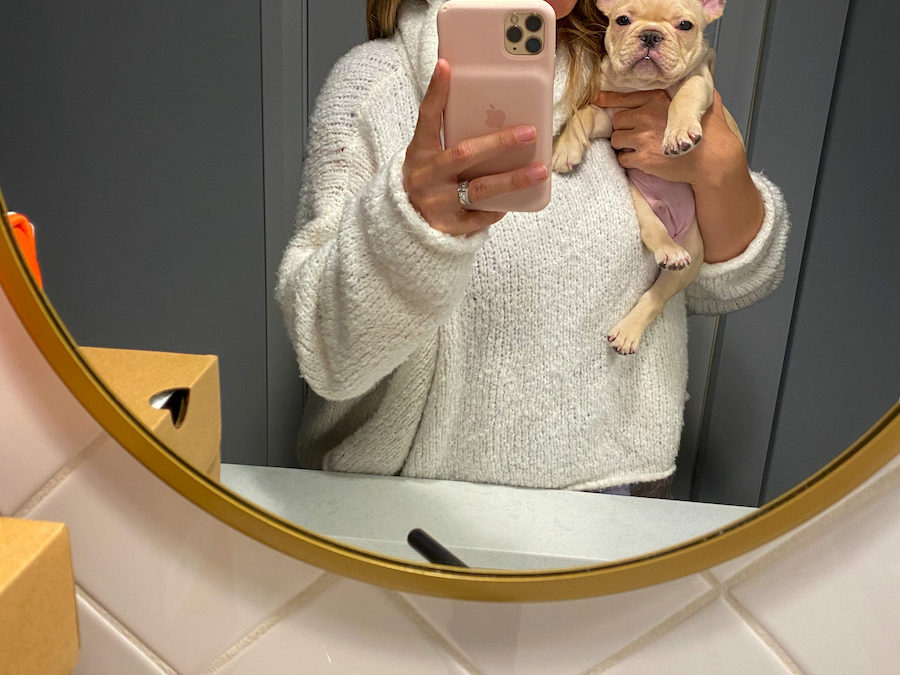
Recent Comments